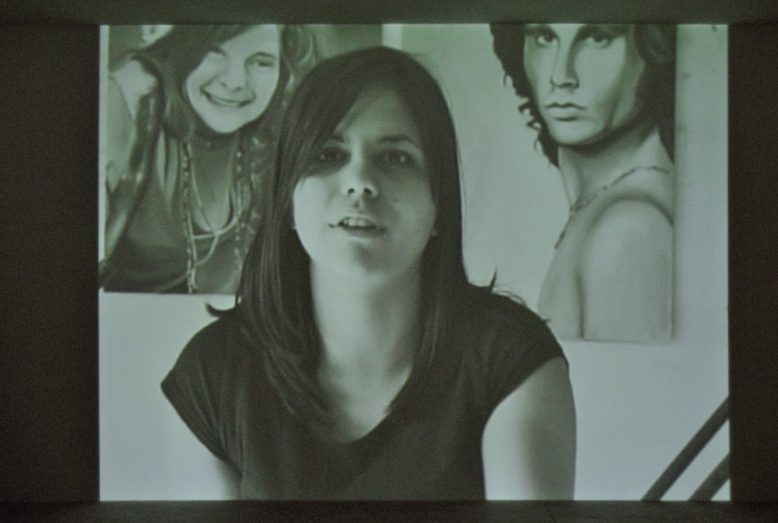The Students of Mamiani and Contemporary Art
5 June 2017
 Valerio Rocco Orlando, Quale educazione per Marte?. Installation view, Nomas Foundation, Rome. Ph. WhyWe
Valerio Rocco Orlando, Quale educazione per Marte?. Installation view, Nomas Foundation, Rome. Ph. WhyWe
A project under the scientific direction of Nomas Foundation.
During two immersive week - from June 5th to June 15th, 2017 - the students of the High School Terenzio Mamiani (Rome) had the opportunity to experience the languages of contemporary art, side by side to its specialists. Among the institutions involved: La Galleria Nazionale, the museum MAXXI, the museum MACRO, Romaeuropa Festival, Villa Medici, The American Academy in Rome. The project, lasted 50 hours, has been conceived as an horizontal exploration, open to the main protagonists of the contemporary production in Rome. The meetings with museum directors (Bartolomeo Pietromarchi, Pippo Ciorra, Cristiana Collu, Muriel Mayette-Holtz, Peter Benson Miller, Kim Bowes), curators (Massimo Mininni), producers (Paolo Caravello, Stefania Lo Giudice), promoters (Lara Mastrantonio), press office (Matteo Antonaci), expert of communication (David Aprea), marketing and development (Claudia Cottrer), art historians (Elisa Genovesi, Lindsay Harris), librarians (Sebastian Hierl), along with the studio visits (with the artists Nicole Miller, Kristi Cheramie, Enrico Riley), the visiting of exhibitions (Domenico Mangano & Marieke van Rooy, Alfredo Pirri, Charles Ray, The Place To Be), the participation in the study day devoted to Paolo Leon, the visiting to the creative workshops in Testaccio neighborhood, the focus on the video trilogy of Valerio Rocco Orlando dedicated to the education: all these occasion have been - in their complex - experiences finalized to the explorations of matters related to the economic and conceptual planning of art. At the same time, they have stimulated the students to questioning about the relationship between school and social and political consciousness produced by the art.
The students have been invited to participate actively to the critical debate about the artistic and cultural heritage, its conservation, its production and its promotion. They have been solicitated even to project their ambitions in the inclusive context represented by contemporary languages -, and to imagine the possibility to transform individual and collective knowledges into instruments for the building of a future in the labour market.